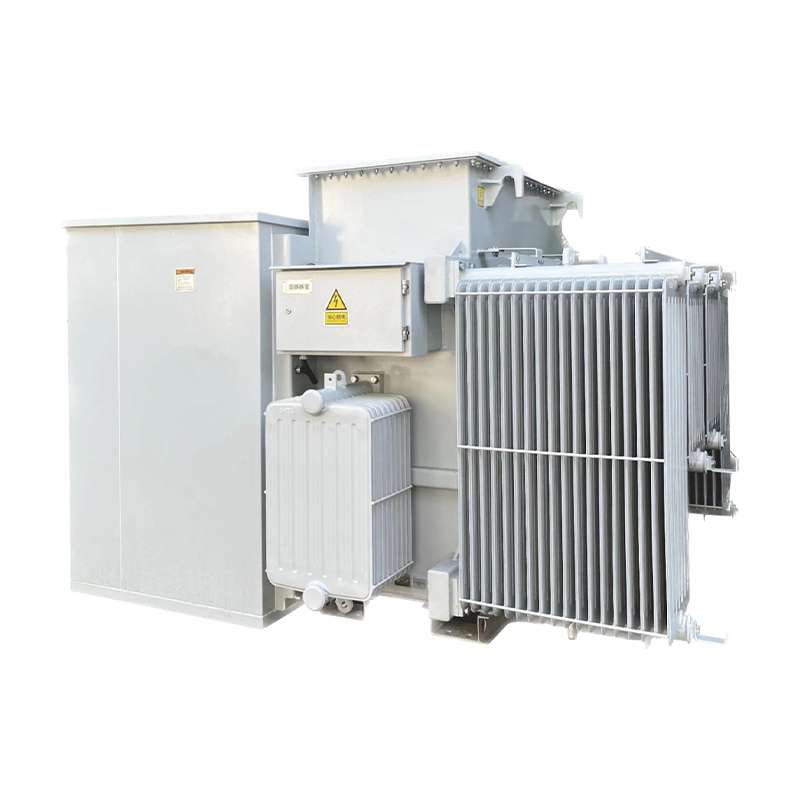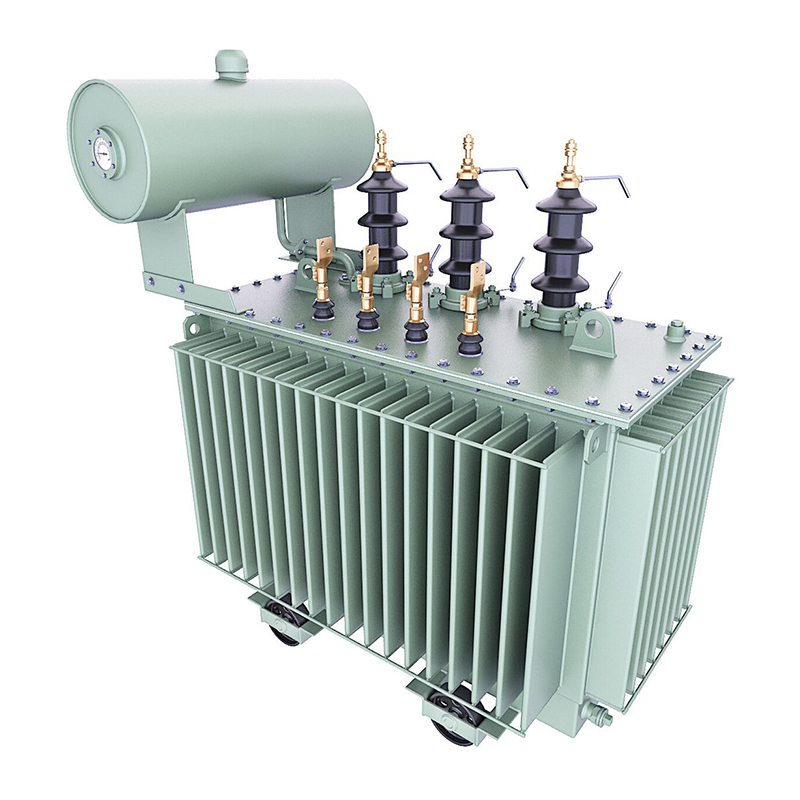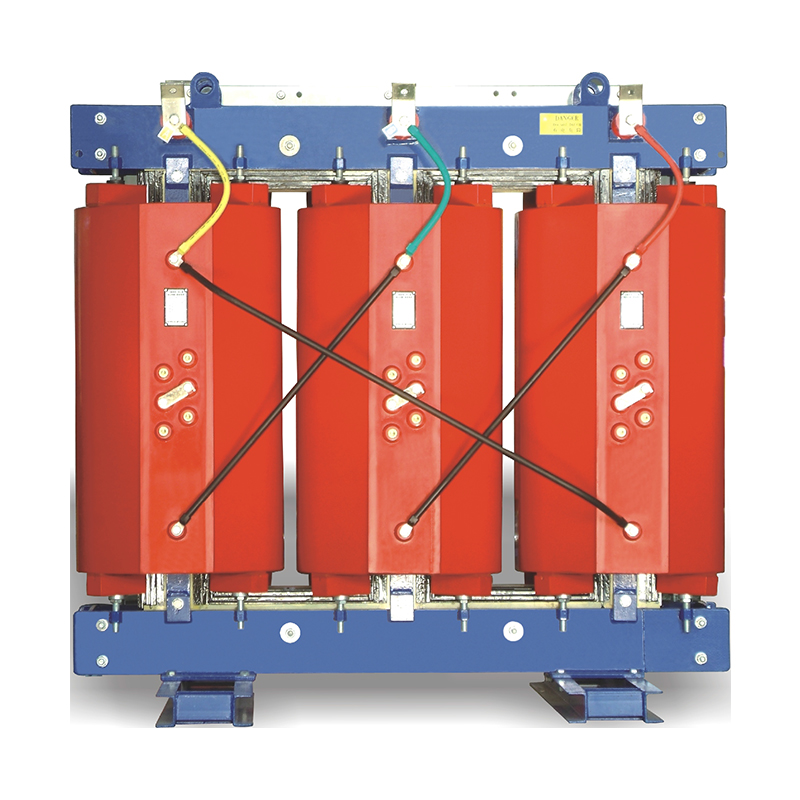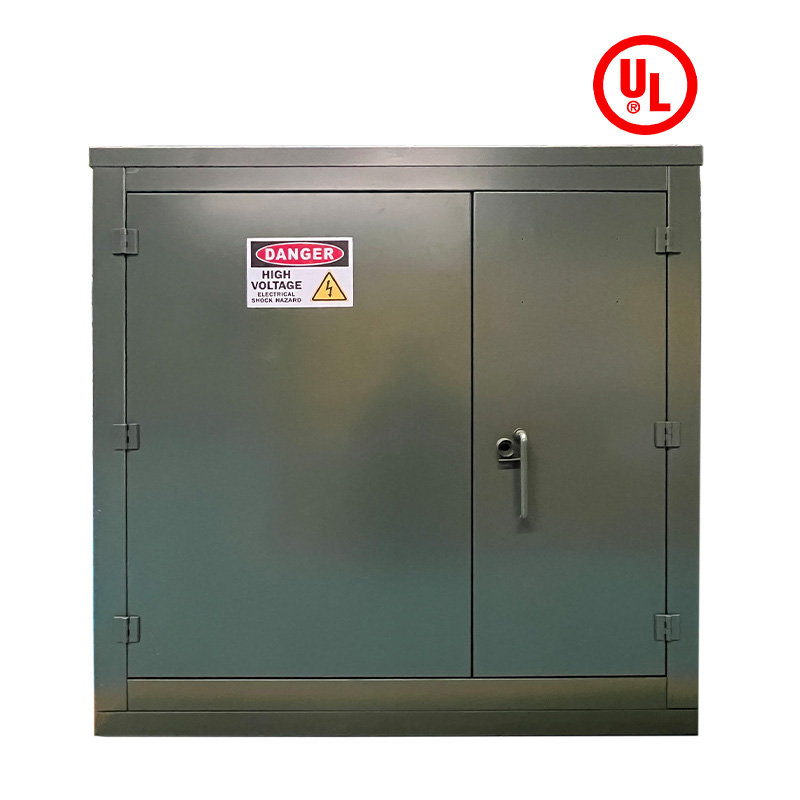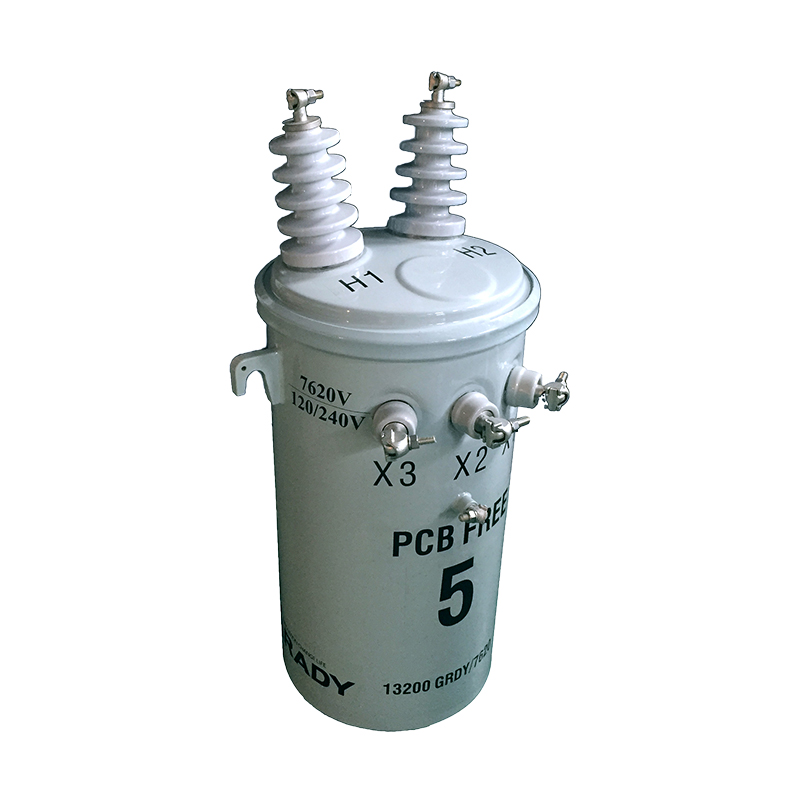Power Transformers in the Photovoltaic Industry: Enabling the Renewable Energy Transition
Power Transformers in the Photovoltaic Industry: Enabling the Renewable Energy Transition
1. Introduction
The global shift toward renewable energy sources has positioned solar power as a cornerstone of sustainable energy strategies. Photovoltaic (PV) systems, which convert sunlight directly into electricity, have experienced exponential growth in deployment due to declining costs, technological advancements, and policy incentives. However, the integration of PV systems into existing power grids requires robust electrical infrastructure, and power transformers play a pivotal role in this process. As critical components in energy transmission and distribution, power transformers ensure that solar-generated electricity is efficiently converted, transmitted, and synchronized with grid requirements. This article explores the applications, challenges, and innovations related to power transformers in the photovoltaic industry, highlighting their significance in enabling the renewable energy transition.
2. Overview of Photovoltaic Systems
Before delving into the role of power transformers, it is essential to understand the structure and operation of PV systems. A typical grid-connected PV system comprises several key components:
Solar Panels: Convert sunlight into direct current (DC) electricity.
Inverters: Convert DC electricity into alternating current (AC) compatible with grid standards.
Balance of System (BoS): Includes wiring, mounting structures, and protection devices.
Transformers: Step up voltage for efficient transmission or step down voltage for distribution.
Large-scale PV plants, such as utility-scale solar farms, generate electricity at medium voltage levels (e.g., 33 kV). To transmit this energy over long distances with minimal losses, the voltage must be stepped up to high-voltage (HV) or extra-high-voltage (EHV) levels (e.g., 110 kV to 400 kV). Conversely, distributed PV systems (e.g., rooftop solar) often feed power into low-voltage (LV) distribution networks, requiring transformers to interface with the grid.
3. Role of Power Transformers in PV Systems
Power transformers serve three primary functions in photovoltaic applications:
3.1 Voltage Transformation
Step-Up Transformers: In utility-scale solar farms, power transformers elevate the voltage from the inverter output (typically 0.4–33 kV) to grid transmission levels (66–400 kV). This reduces resistive losses during long-distance transmission, ensuring economic viability.
Step-Down Transformers: At the grid interconnection point, transformers reduce voltage to levels suitable for local distribution (e.g., 11 kV or 400 V).
3.2 Grid Isolation and Stability
Transformers provide galvanic isolation between the PV system and the grid, protecting equipment from voltage surges and ground faults. They also contribute to grid stability by managing reactive power and maintaining voltage levels within regulatory limits.
3.3 Harmonic Mitigation
PV inverters generate harmonics—distortions in the AC waveform—that can damage grid equipment. Transformers with specialized designs (e.g., zigzag configurations) mitigate harmonic currents, ensuring power quality compliance.
4. Design Considerations for PV-Specific Transformers
Power transformers in PV applications face unique operational challenges, necessitating tailored designs:
4.1 Intermittency and Load Variations
Solar power generation fluctuates with weather conditions, leading to frequent load changes. Transformers must withstand thermal stresses caused by cyclic loading without compromising longevity. Advanced cooling systems (e.g., ONAN/ONAF) and materials with high thermal resistance are critical.
4.2 High Harmonics and DC Offset
Inverters introduce harmonics and residual DC currents, which can saturate transformer cores, leading to overheating. Solutions include:
K-Factor Transformers: Designed to handle harmonic-rich loads.
DC Blocking Devices: Capacitors or resistors to neutralize DC offset.
4.3 Environmental Factors
PV plants are often located in harsh environments—deserts, coastal areas, or high-altitude regions—exposing transformers to dust, humidity, and temperature extremes. Corrosion-resistant enclosures and biodegradable insulating fluids (e.g., ester-based oils) enhance durability.
4.4 Efficiency Requirements
To maximize the ROI of solar projects, transformers must operate at peak efficiency. Amorphous core transformers, which reduce no-load losses by up to 70%, are increasingly adopted in PV applications.
5. Case Studies: Transformers in Action
5.1 Utility-Scale Solar Farms
Bhadla Solar Park (India): With a capacity of 2.25 GW, this facility uses 400 kV step-up transformers to transmit power across Rajasthan’s arid landscape. Dry-type transformers are employed to minimize fire risks in high-temperature zones.
Noor Abu Dhabi (UAE): The 1.2 GW plant integrates 33/132 kV transformers with on-load tap changers (OLTCs) to regulate voltage fluctuations caused by rapid cloud cover changes.
5.2 Distributed Generation Systems
Residential Rooftop PV: Compact pad-mounted transformers (e.g., 0.4/11 kV) enable seamless integration of rooftop solar into urban grids. Smart transformers with IoT-enabled monitoring optimize performance in real time.
Commercial Microgrids: Solar-powered microgrids in remote areas rely on modular transformers for bidirectional power flow, supporting both grid-tied and islanded operations.
6. Challenges and Innovations
6.1 Grid Code Compliance
Grid operators impose strict standards (e.g., IEEE 1547, IEC 61727) for voltage regulation, fault ride-through, and reactive power support. Modern transformers with dynamic voltage control and STATCOM capabilities help PV systems meet these requirements.
6.2 Aging Infrastructure
Existing transformers in legacy grids may lack the capacity or flexibility to handle distributed solar generation. Retrofitting with phase-shifting transformers or deploying smart transformers addresses this mismatch.
6.3 Emerging Technologies
Solid-State Transformers (SSTs): SSTs replace traditional magnetic cores with power electronics, enabling compact, lightweight designs with real-time voltage regulation and fault isolation.
Hybrid Transformer-Inverters: Integrated units combining inverter and transformer functions reduce footprint and losses in PV systems.
7. Future Trends
7.1 Digitalization and Smart Grids
The rise of digital substations and Industry 4.0 technologies will transform transformer management. Sensors embedded in transformers provide data on temperature, load, and insulation health, enabling predictive maintenance and reducing downtime.
7.2 Green Transformers
To align with sustainability goals, manufacturers are developing transformers using recycled materials, SF6-free insulation gases, and biodegradable oils. These "green transformers" reduce the carbon footprint of PV projects.
7.3 Bidirectional Power Flow
As vehicle-to-grid (V2G) and battery storage systems proliferate, transformers must accommodate bidirectional energy flows. Adaptive transformers with advanced OLTCs and dynamic rating systems will become essential.
8. Conclusion
Power transformers are indispensable to the photovoltaic industry, bridging the gap between solar generation and grid integration. Their ability to manage voltage, ensure stability, and adapt to fluctuating conditions underpins the scalability of solar energy. As the renewable energy sector evolves, innovations in transformer technology—from digitalization to eco-friendly designs—will further enhance the efficiency and resilience of PV systems. By addressing current challenges and embracing future trends, the industry can unlock the full potential of solar power, accelerating the global transition to a sustainable energy future.
Relatenews
- Architecture Design of IoT-Based Monitoring System for Power Transformers 2025-09-05 15:27:00
- Judgment Standards and Oil Change Process for Power Transformer Oil Deterioration 2025-09-05 15:23:00
- Design and Mechanical Strength Verification of Short-Circuit Withstand Capability for Power Transformers 2025-09-05 15:19:00
- The Role of Power Transformers in Voltage Regulation within Power Systems 2025-08-25 08:14:00
- Environmental Regulations and Technical Measures for Power Transformer Noise Control 2025-08-25 08:12:00
- The Application of Big Data Analytics in Power Transformer Fault Prediction 2025-08-25 08:11:00
- Impact of Distributed Generation Integration on Load Characteristics of Power Transformers 2025-08-16 09:43:00
- Conditions and Protection Coordination Strategies for Parallel Operation of Power Transformers 2025-08-16 09:42:00





